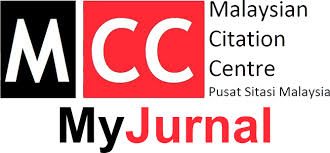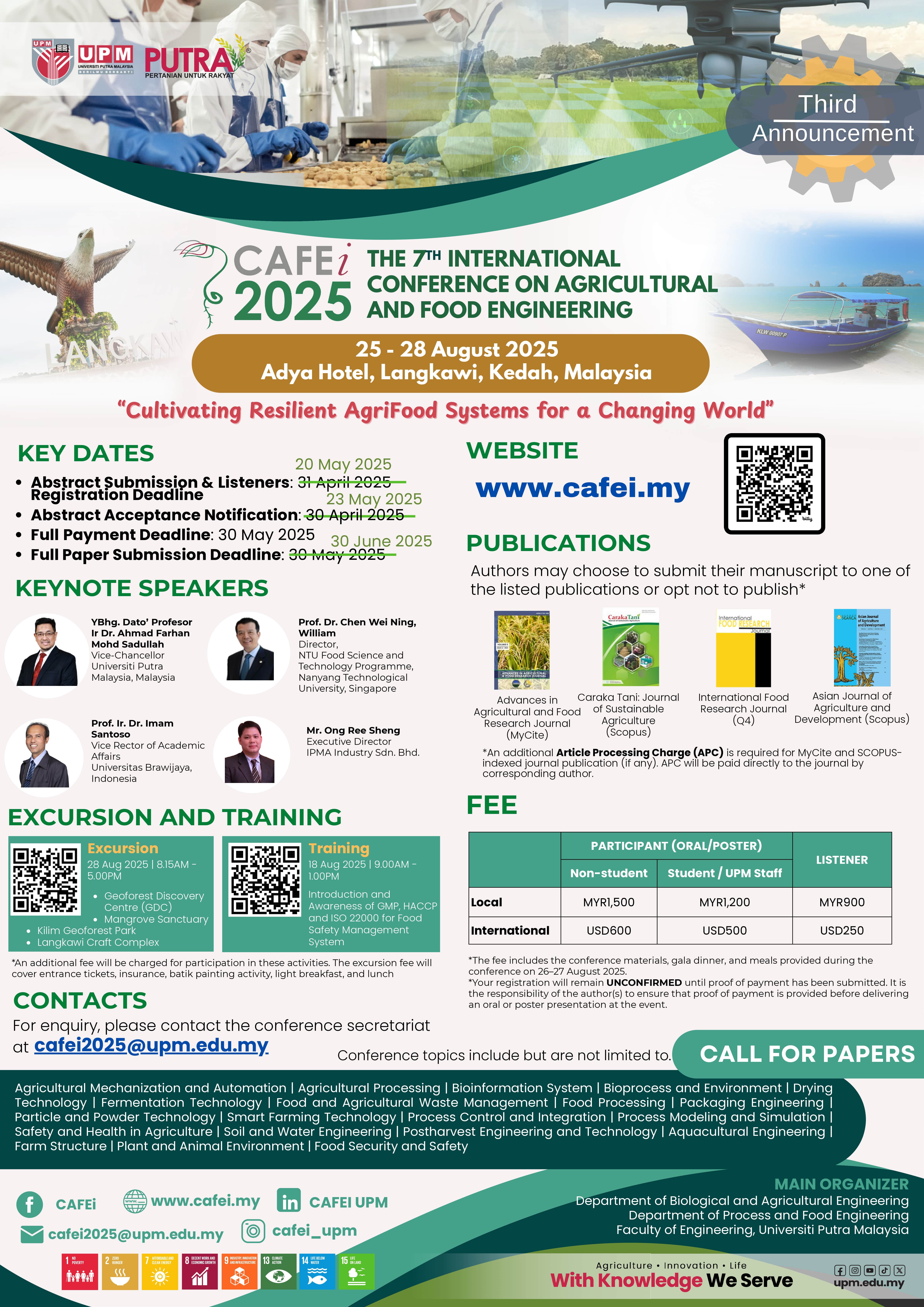Evaluation of Soil Stabilizer in Oil Palm Plantation Road Construction
DOI:
https://doi.org/10.36877/aafrj.a0000122Abstract
Plantation road construction is an important part that requires a serious planning. Any negligence in constructing and maintaining the roads will affect the infield transportation time of the harvested agricultural products as well as the process of bringing out the agricultural products to the needs. Moreover, weather conditions will make the roads impassable and create poor road surfaces which cause damage to the vehicles. Hence, without regular maintenance and resurfacing, these roads will have limited useful lives. This paper has done the laboratory work to evaluate the unconfined compressive strength of oil palm soil by using the FJ-Adtech additive stabilisers as an enhancing medium. Lahad Datu plantation soils were mixed well with additive loadings of 14 wt. % up to 20 wt. % and being pressed at 100 kPa in compacted form sample with the size of 100 mm (height) x 50 mm (diameter). The results showed that the FJ-Ad treatment effectively improved the strength characteristics of Lahad Datu soil (4311 kPa) at 20 wt. % of loading percentage compared to the untreatment soil (1382 kPa). Field work observation also showed that the road construction surfaces treated with the stabiliser formulation showed less maintenance as 6% to 7 % cheaper compared to the conventional method. Therefore, this additive stabiliser is suitable to be used as soil treatment in the formulation for making the road surfaces more durable, less permeable and less compressed than the native soil.
References
Afandi, A. M., Tayeb, ;, Sapudin, ;, & Tarmizi, A. M. (2001). Performance of Oil Palm on Coral Soils. Oil Palm Bulletin 44, 44, 1–18. Retrieved from http://palmoilis.mpob.gov.my/publications/OPB/opb44-afandi.pdf
Asgari, M. R., Baghebanzadeh Dezfuli, A., & Bayat, M. (2015). Experimental study on stabilization of a low plasticity clayey soil with cement/lime. Arabian Journal of Geosciences, 8(3), 1439–1452. https://doi.org/10.1007/s12517-013-1173-1
Kushwaha, S. S., Kishan, D., & Dindorkar, N. (2018). Stabilization of expansive soil using eko soil enzyme for highway embankment. Materials Today: Proceedings, 5(9), 19667–19679. https://doi.org/10.1016/j.matpr.2018.06.329
Lim, S. M., Wijeyesekera, D. C., Lim, A. J. M. S., & Bakar, I. B. H. (2014). Critical Review of Innovative Soil Road Stabilization Techniques. International Journal of Engineering and Technology Research, 3(5), 204–211.
Makusa, G. P. (2012). Soil Stabilization Methods and Materials in Engineering Practice. Luleå University of Technology.
MPOB, 2020. Production of Crude Palm Oil from http://bepi.mpob.gov.my/index.php/statistics/production/135-production-2015/736-production-of-crude-oil-palm-2015.html. 1727-1740
Paramananthan, S. (2013). Managing Marginal Soils for Sustainable Growth of Oil Palms in the Tropics. Journal of Oil Palm and the Environment, 4(1), 1–16. https://doi.org/10.5366/jope.2013.1
Phua, S. K, 2008. Oil Plam Cultivation - Drainaga, Irrigation & Infrasructures (Inland and Coastal). Lecture notes, Intensive Diploma in Oil Palm Management Technology, Malaysian Palm Board, Ministry of Primary Industry. 316-325.
Rauch, A. F., Harmon, J. S., Katz, L. E., & Liljestrand, H. M. (2002). Measured effects of liquid soil stabilizers on engineering properties of clay. Transportation Research Record, (1787), 33–41. https://doi.org/10.3141/1787-04
Veloo, R., Van Ranst, E., & Selliah, P. (2015). Peat Characteristics and its Impact on Oil Palm Yield. NJAS - Wageningen Journal of Life Sciences, 72, 33–40. https://doi.org/10.1016/j.njas.2014.11.001
Downloads
Published
How to Cite
Issue
Section
License
Copyright (c) 2020 Abd Rahim Shuib

This work is licensed under a Creative Commons Attribution-NonCommercial 4.0 International License.
Author(s) shall retain the copyright of their work and grant the Journal/Publisher right for the first publication with the work simultaneously licensed under:
Creative Commons Attribution-NonCommercial 4.0 International (CC BY-NC 4.0). This license allows for the copying, distribution and transmission of the work, provided the correct attribution of the original creator is stated. Adaptation and remixing are also permitted.

This broad license intends to facilitate free access to, as well as the unrestricted reuse of, original works of all types for non-commercial purposes.
The author(s) permits HH Publisher to publish this article that has not been submitted elsewhere.

.png)

.jpg)




